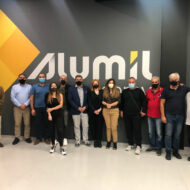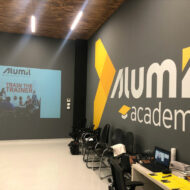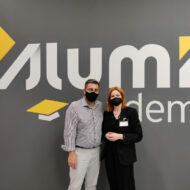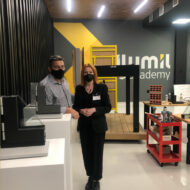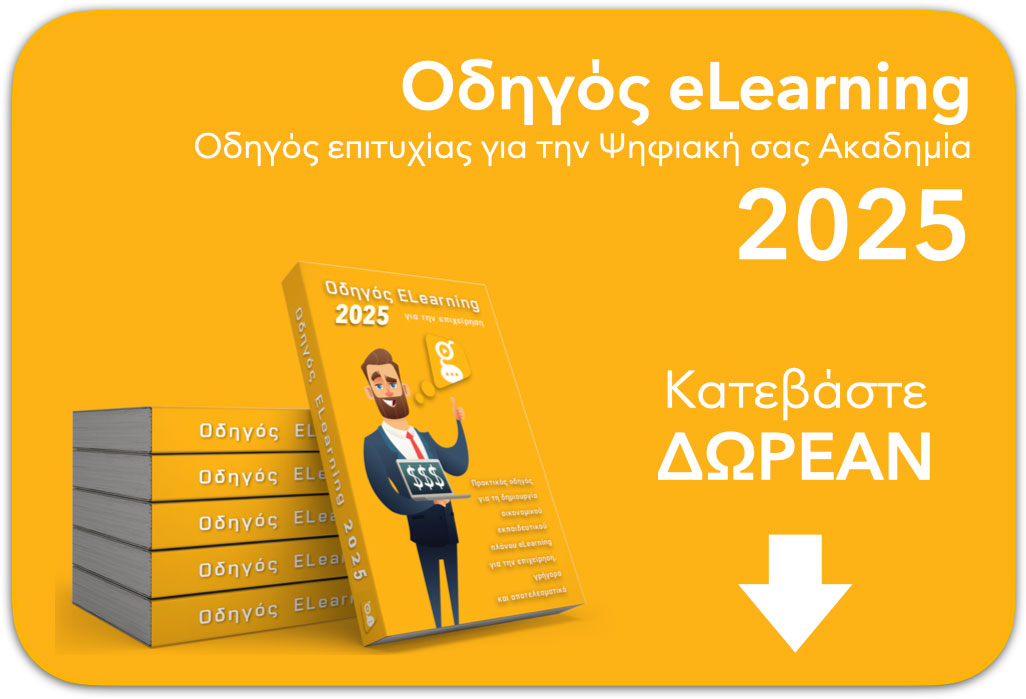There are many reasons why a business needs to train its employees:
1. It attracts the right people
2. It ties people to the business.
3. It transforms inexperienced employees.
4. It creates flexible and adaptable teams.
5. Cultivates employee satisfaction and engagement.
At Solutions 2Grow we help teams grow through a series of digital, face-to-face, or blended workshops.
Blended Learning (Blended Learning)
Corporate training is no longer just classroom training in the traditional way. Today, learning is taking on a different dimension through technology, as evidenced by the rapid adoption of digital teaching methods. At 2Grow, we have created a series of Blended Trainings to increase effectiveness and ensure that employees can put into practice what they have learned.
What is Blended Learning (Blended Learning)
Blended Learning is a model of teaching that integrates technology and digital media with traditional classroom-based, instructor-led activities, giving learners more flexibility to tailor their learning experiences to their preferences.e.g. video on-demand, downloadable material, etc.), so that the learner is in control of the pace and pace at which they engage with the content and learn. Another part of the training is delivered in the classroom or through zoom, teams, etc., under the guidance of instructors, so that the learner can supplement the immersion experientially and solve their questions.
Smart training design
2Grow’s Blended Trainings are designed using modern practices and techniques that enhance the two training models (face-to-face and digital) ideally combined for each type of subject matter. Studies have shown that “blended learning” reduces failure rates, improves learning and enhances participation. Blended learning allows learners to learn at their own pace. For example, a learner who already has significant knowledge can move more quickly to securing basic knowledge digitally without having to wait, and conversely, a learner who needs more time is not forced to move on before fully understanding the subject. It turns out that a scalable learning model works best for disparate learner populations, such as the populations of most businesses. Blended learning is not just a blending of technology and face-to-face training, but strategic planning to maximize effectiveness.
Use of digital media
- Alignment of basic knowledge across the whole group of trainees (pre-conference learning).
- Use of engagement techniques
- Reinforcement with retrieval practice reminder techniques to ensure knowledge retention.
- Storytelling.
- Use of the spacing effect through intelligent digital repetition modes.
- Reward techniques.
- Self-evaluation techniques.
- Simulation techniques.
Use of face-to-face training or video conferencing
- Experiential education.
- Role-Play.
- Storytelling.
- Use of engagement techniques
- Reinforcement with retrieval practice reminder techniques to ensure knowledge retention.
Objective
The aim is for digital and face-to-face training to work in a complementary way, creating a truly integrated training plan, taking advantage of the benefits of each model, thus increasing the effectiveness of training and ensuring that learners are able to put into practice what they have learned.
See some of the themes:
- Train the Trainer
- Leadership
- Sales
- Digital Sales B2B
- Educational Design Sprint
- Team Rituals
- team building


